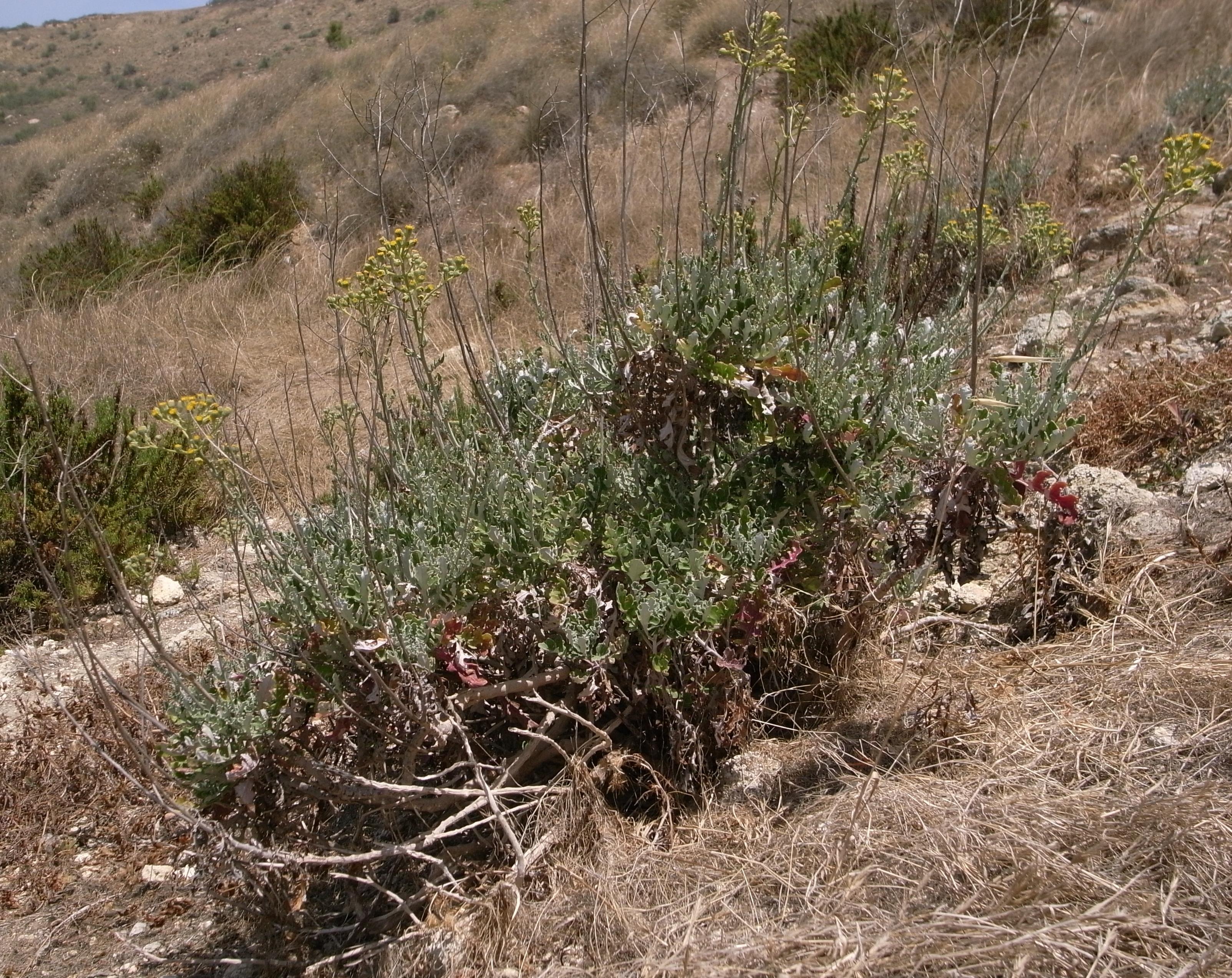Centaurea montana
| Botanical Name: | Centaurea montana |
| Common Name: | perennial cornflower |
Care
NA
Humidity
Dry - Medium
Sun
NA
| Botanical Name | Centaurea montana |
| Common Names | perennial cornflower |
| Humidity | Dry - Medium |
| Synonyms | Centaurea angustifolia, Centaurea carpathica, Centaurea caucasica, Centaurea chlorantha, Centaurea cyanantha, Centaurea floccosa, Centaurea graminifolia, Centaurea granitica, Centaurea leucantha, Centaurea montana dentata, Centaurea montana montana, Centaurea montana pettersii, Centaurea montana subsp. angustifolia, Centaurea montana subsp. eumontana, Centaurea montana subsp. montana, Centaurea montana undulata, Centaurea montana var. alba, Centaurea montana var. angustifolia, Centaurea montana var. cyanantha, Centaurea montana var. eichenfeldtii, Centaurea montana var. genuina, Centaurea montana var. montana, Centaurea montana var. occitanica, Centaurea montana var. pradensis, Centaurea montana var. pyrenaica, Centaurea montana var. sinuata, Centaurea montana var. typica, Centaurea montana var. undulata, Centaurea serrata, Centaurea seusana, Centaurea seusana var. angustifolia, Cyanus angustifolius, Cyanus montanus, Cyanus montanus subsp. montanus, Cyanus montanus var. montanus, Cyanus montanus var. pyrenaicus, Jacea alata, Setachna montana |
Centaurea montana, the perennial cornflower, mountain cornflower, bachelor's button, montane knapweed or mountain bluet, is a species of flowering plant in the family Asteraceae, endemic to Europe. It is widespread and common in the more southerly mountain ranges of Europe, but is rarer in the north. It escapes from gardens readily, and has thereby become established in the British Isles, Scandinavia and North America. This plant has become an invasive species in British Columbia, Canada.Centaurea montana grows in meadows and open woodland in the upper montane and sub-alpine zones, in basic areas. It grows to 30–70 centimetres (12–28 in) tall, and flowers mainly from May to August.
Centaurea montana may be distinguished from other Centaurea species in the region by its usually entire leaves, and the blue-purple colour of the outermost ray florets. It may be distinguished from the cornflower, Centaurea cyanus, by having a single (rarely up to three) flower heads, and by its being perennial, whereas the cornflower has many flower heads and is annual. The closely related C. triumfettii has more narrowly winged stems, narrower leaves and grows in rockier areas.







